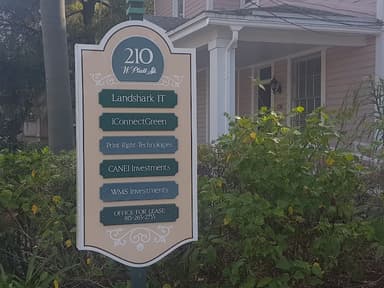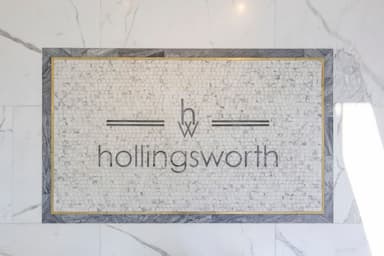The shores of Tampa Bay have been inhabited for thousands of years, with indigenous peoples of the Safety Harbor culture dominating the area. The name "Tampa" comes from a Calusa village called "Tanpa," meaning "stick of fire." Spanish explorer Ponce de León first arrived in 1513, but it wasn't until the United States acquired Florida that permanent settlement began.
Modern Tampa's history began in 1824 with the founding of Fort Brooke at the mouth of the Hillsborough River in today's downtown. Named after Army Colonel Abraham Eustis Brooke, the fort was the first permanent American settlement on the site of present-day Tampa. The town was officially incorporated in 1855, growing slowly due to poor transportation and conflicts with Seminole tribes.
Tampa's transformation from a sleepy fishing village to a bustling industrial city began in the 1880s with the arrival of Henry B. Plant's railroad. This transportation revolution set the stage for the most significant development in Tampa's history: the cigar industry. In 1885, Vicente Martinez-Ybor purchased 40 acres northeast of downtown to establish what would become Ybor City.
The founding of Ybor City brought thousands of immigrants from Cuba, Spain, and Italy to work in the cigar factories. Martinez-Ybor's massive three-story cigar factory, believed to be the largest in the world at the time, became the centerpiece of a model industrial community. By 1900, Ybor City had earned Tampa the nickname "Cigar Capital of the World," with workers rolling hundreds of millions of cigars annually.
Tampa's population exploded from fewer than 800 residents in 1880 to over 15,000 by 1900, making it one of Florida's largest and most prosperous cities. Downtown Tampa evolved rapidly during this period, with brick buildings replacing wooden structures along Franklin Street, which became the center of banking and professional offices for Florida's west coast.
The early 1900s saw continued growth as the phosphate industry joined cigars as major economic drivers. Downtown's skyline began to take shape with four and five-story buildings, establishing the urban character that would define the city center for generations to come.
Today, downtown Tampa stands as a testament to this rich industrial heritage, with many historic buildings renovated and repurposed for modern use. The legacy of the cigar industry lives on in the nearby Ybor City Historic District, which was recognized as a National Historic District in 1974 and continues to be a vital part of Tampa's cultural identity.

Electronics Repair Shop
Computer and electronics repair with a focus on customer service and quick turnaround.

Sports Merchandise Store
Sports merchandise store offering jerseys, apparel, and accessories for local teams.

Medical Spa
Medical spa offering Botox, fillers, facials, and more in a modern, welcoming environment.

Showroom
Offers unique home goods and hardware with meticulous design and exclusive vendors.

Dermatology Clinic
Cosmetic dermatology with personalized care and advanced treatments for patient satisfaction.

Medical Spa
Medical spa offering fillers, Botox, and personalized care for natural results.